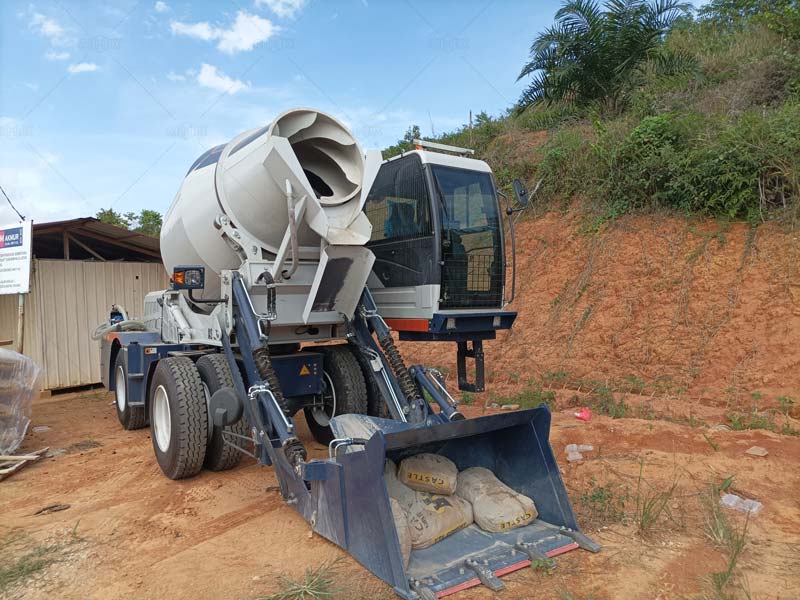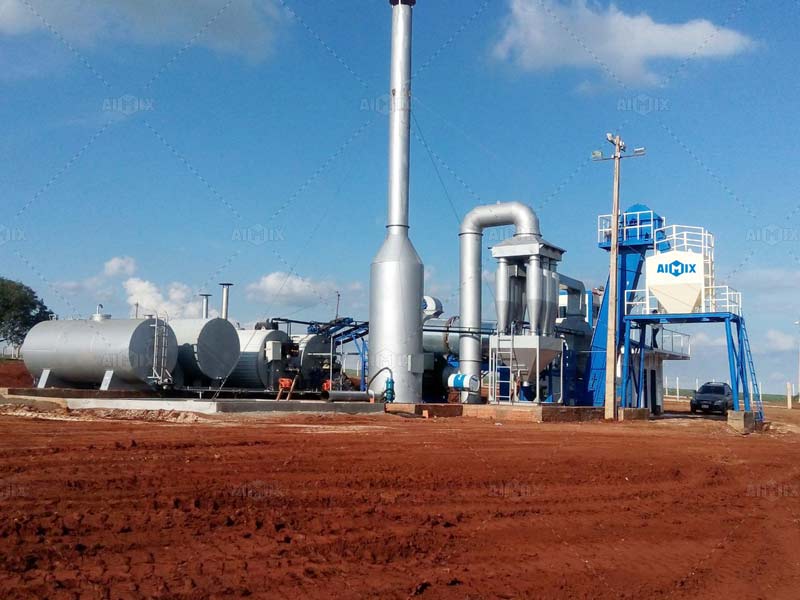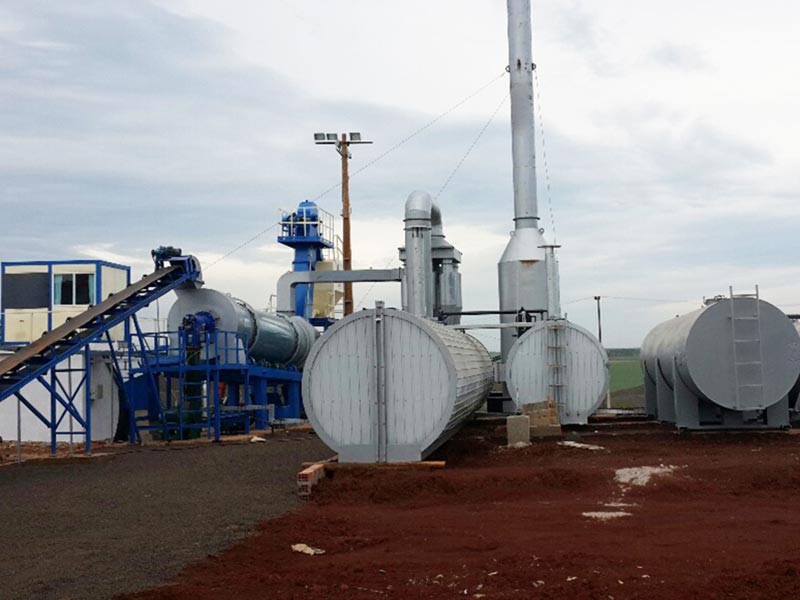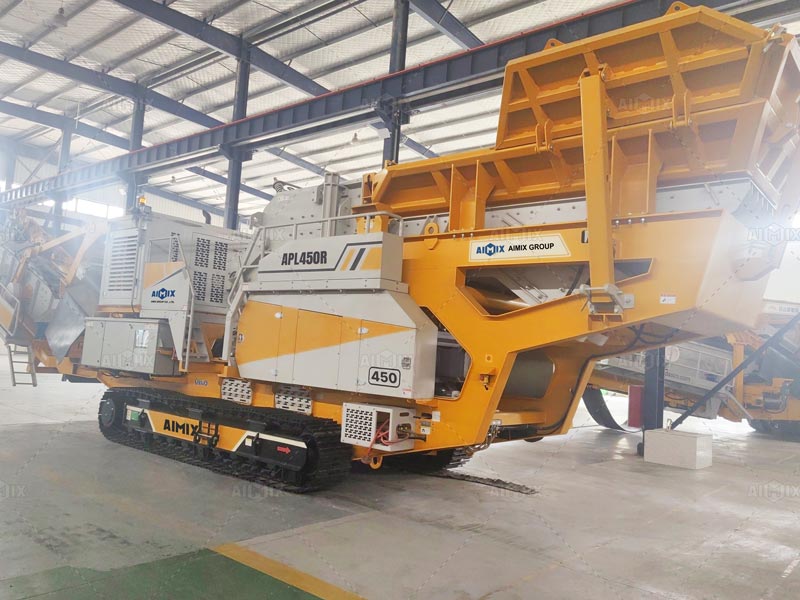In modern construction, efficiency, precision, and cost-effectiveness are more important than ever. Traditional concrete production involves multiple steps, including batching, mixing, transporting, and pouring, which often require several pieces of equipment, labor, and careful coordination. The self-loading concrete mixer offers a practical solution by integrating all these functions into a single machine. With this technology, construction teams can handle the entire concrete production process on-site, improving speed, reducing labor costs, and ensuring consistent concrete quality.
Understanding the Self-Loading Concrete Mixer
A self-loading concrete mixer(auto hormigonera) is a mobile, all-in-one machine capable of loading raw materials, mixing concrete, transporting it to the site, and discharging it efficiently. Unlike traditional concrete trucks or stationary batching plants, this type of mixer allows operators to load sand, gravel, cement, and water directly into the machine using a hydraulic loading system. It also features an intelligent weighing system to maintain accurate mix ratios, ensuring high-quality concrete with each batch.
Using a self-loading concrete mixer reduces the need for multiple machines and simplifies project logistics. It is particularly useful for sites with limited space, remote locations, or projects with tight timelines. By combining several processes into one unit, operators can save time, lower operational costs, and reduce material waste. Furthermore, on-site mixing guarantees that concrete is fresh and consistent, which is essential for achieving structural durability.

Advantages of Completing Concrete Production On-Site
Completing the entire concrete production process with a single self-loading concrete mixer offers numerous benefits for construction projects:
-
Time Efficiency – Operators can load, mix, transport, and pour concrete without waiting for separate equipment to arrive or for batching to be completed elsewhere. This significantly speeds up project timelines and allows for continuous work even in congested sites.
-
Reduced Labor Costs – Since the mixer handles multiple tasks, fewer personnel are required on-site, reducing labor expenses and minimizing the risk of errors during manual handling.
-
Consistent Quality – Integrated weighing and mixing systems ensure precise proportions for every batch, producing concrete with uniform strength and workability. This minimizes the need for rework and enhances the overall quality of the structure.
-
Flexibility – Self-loading concrete mixers can navigate tight construction sites or rural areas where larger batching plants may not be accessible. Their mobility allows for direct delivery to multiple points on the site, supporting complex projects such as road construction, bridges, or multi-story buildings.
-
Material Management – On-site concrete production reduces material waste. The machine can load only the exact amount of raw materials needed for each batch, preventing excess concrete from being discarded.
Practical Tips for Using a Self-Loading Concrete Mixer
To maximize efficiency and ensure high-quality results, construction teams should consider the following best practices:
-
Regular Calibration – Ensure the weighing and mixing systems are calibrated to maintain precise mix ratios. Even small deviations can affect concrete strength and performance.
-
Material Quality – Keep raw materials clean, properly graded, and free of debris. Proper storage and handling prevent contamination and blockages, ensuring smooth loading and mixing operations.
-
Routine Maintenance – Regularly inspect hydraulic systems, mixer blades, and drum rotation mechanisms to prevent mechanical issues and downtime. A well-maintained machine operates more efficiently and lasts longer.
-
Operator Training – Train operators to understand the control panel, digital displays, and mixing programs. Skilled operators can quickly adjust mix ratios, monitor operations, and troubleshoot minor issues.
-
Batch Planning – For large projects, plan concrete batches in advance. This ensures continuous workflow, avoids delays, and reduces idle time for the mixer.
Applications in Latin American Construction Projects
The self-loading concrete mixer(autohormiguera Perú) is especially valuable in Latin America, where construction sites can range from urban high-rises to remote infrastructure projects. On-site mixing reduces the need for multiple trips by concrete trucks and ensures fresh concrete is delivered directly to the pour site. This flexibility is crucial for projects in areas with challenging logistics or limited access to central batching plants.
Construction companies can also benefit from the machine’s ability to handle different mix designs on the same project. By programming multiple mix ratios into the system, operators can quickly switch between batches for foundations, slabs, columns, or pavements without requiring separate batching equipment. For example, a project building a road in a remote area can have the self-loading mixer handle base concrete, asphalt stabilization mixes, and structural concrete without needing multiple machines.
Additionally, self-loading concrete mixers support sustainable construction practices. By reducing transportation, labor, and material waste, projects can lower carbon emissions and minimize environmental impact, which is increasingly important for regulatory compliance and corporate social responsibility in Latin America.

Conclusion
The self-loading concrete mixer transforms traditional concrete production by combining loading, mixing, transportation, and discharge into a single, efficient machine. Completing the entire concrete production process on-site improves efficiency, reduces labor costs, and ensures consistent quality, making it a smart investment for construction companies.
For projects across Latin America, a self-loading concrete mixer provides the mobility and versatility needed to handle diverse construction sites, from urban buildings to remote infrastructure projects. By adopting this technology and implementing best practices such as proper calibration, routine maintenance, and operator training, construction teams can streamline operations, minimize costs, and deliver high-quality concrete efficiently and reliably.
By integrating these machines into project workflows, companies can achieve faster project completion, higher-quality outcomes, and overall better operational performance, making self-loading concrete mixers a crucial tool for modern construction.




